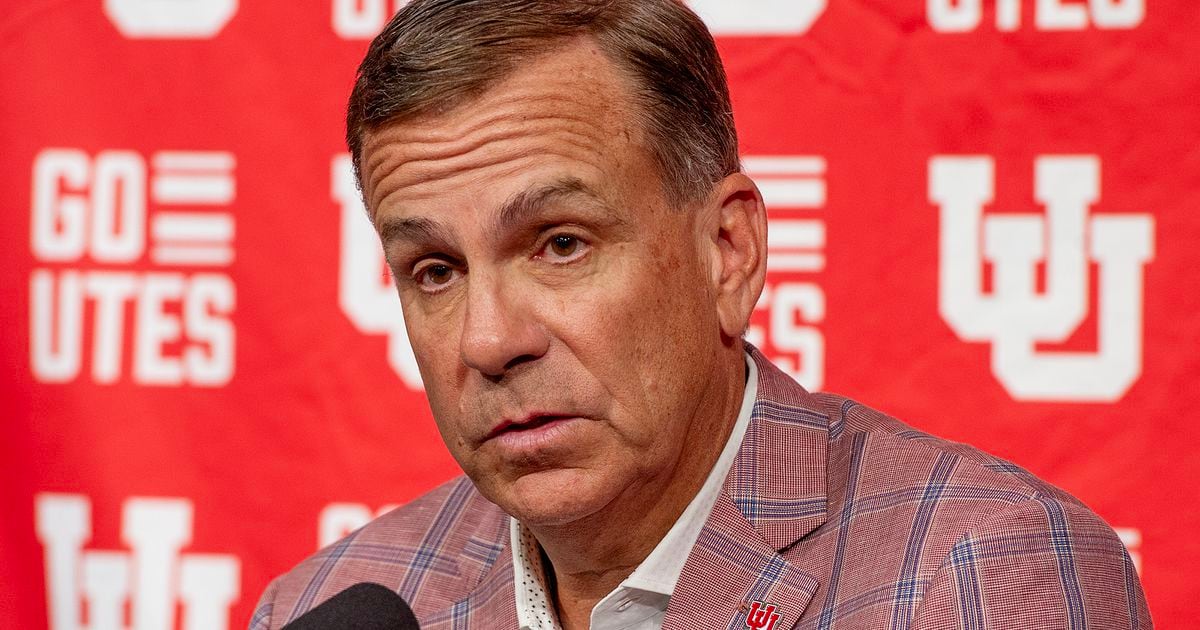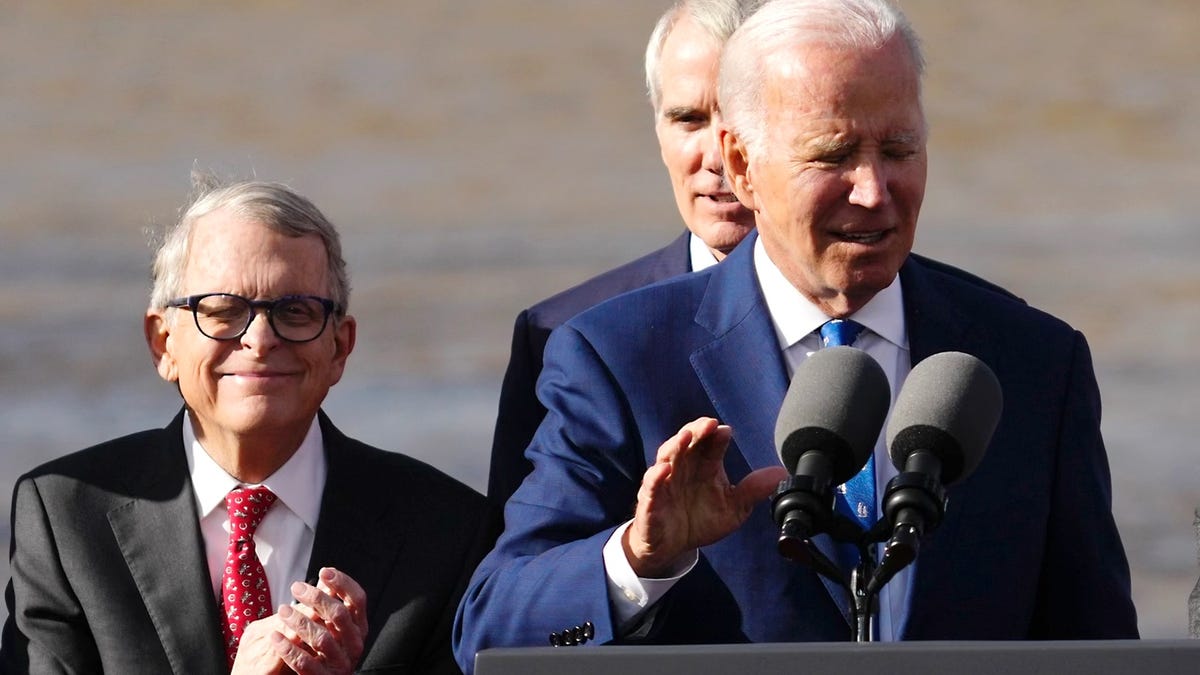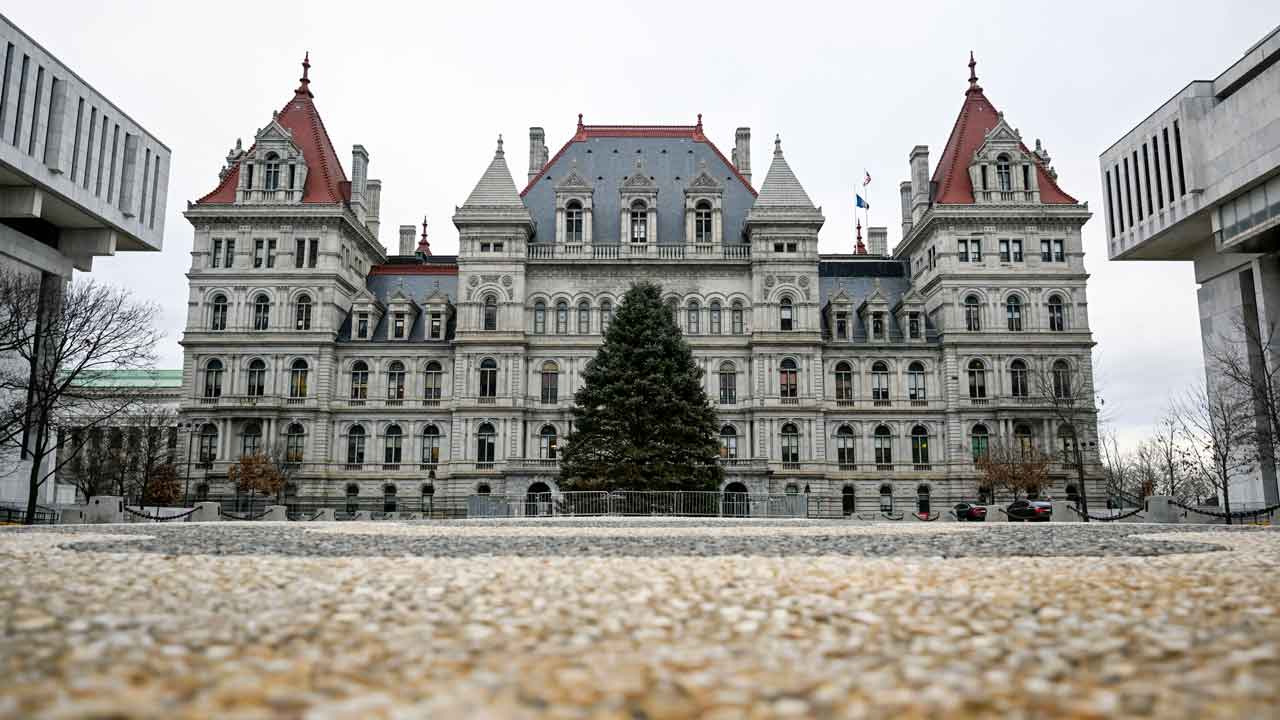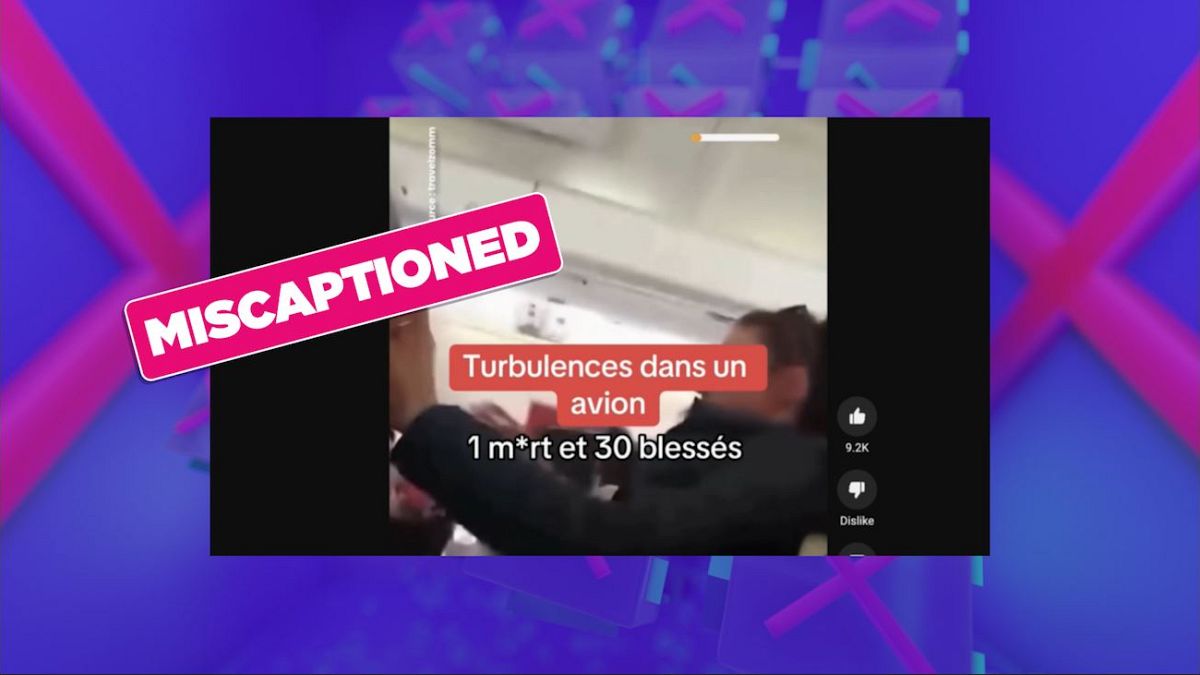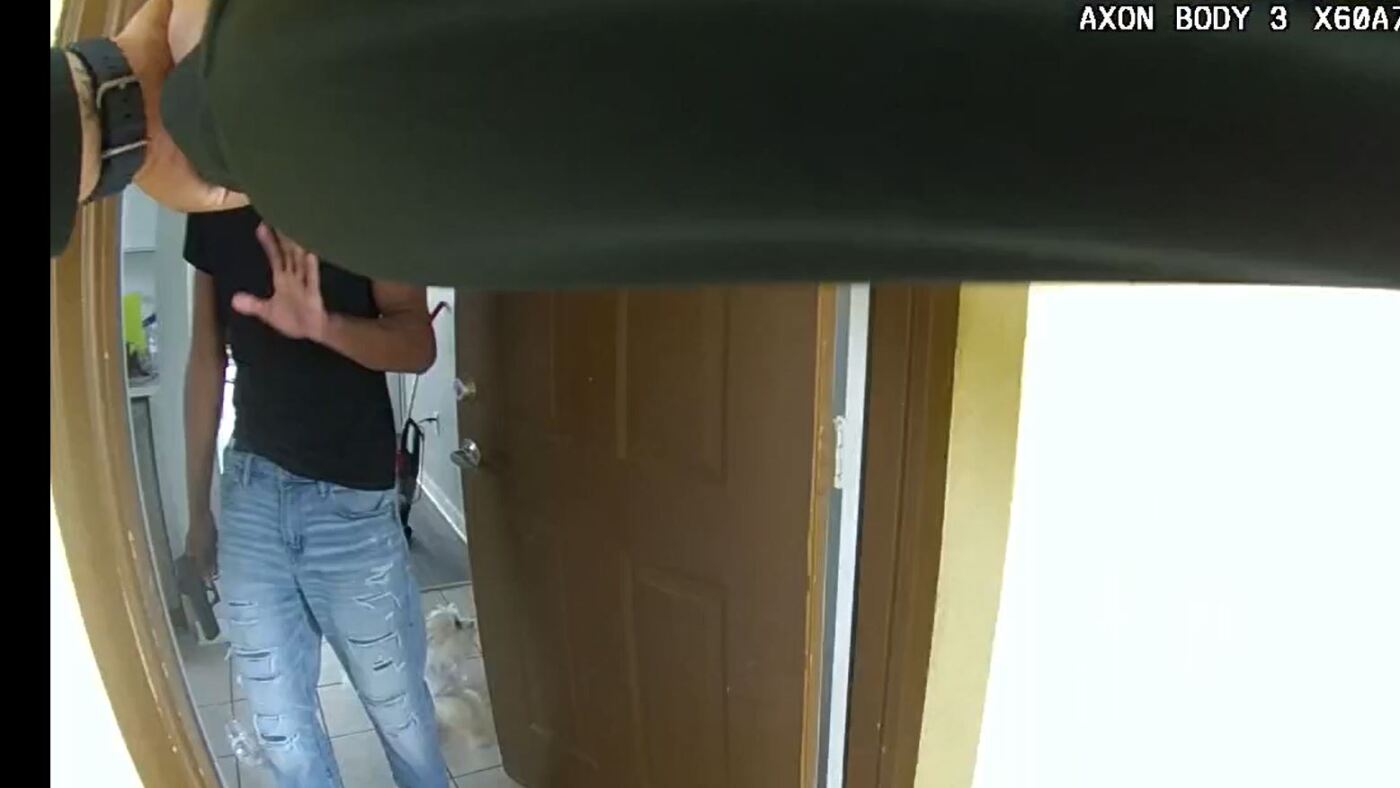Top Utah officials aren’t happy with federal air quality standards. And their ammunition to fight back could jeopardize the state’s federal highway funding or even the federal government overriding how the state handles air quality to begin with.
In February, Gov. Spencer Cox called the stricter regulations imposed by the Environmental Protection Agency “onerous” and “so stringent” that it will be “impossible” for the state to comply. The EPA reduced the amount of PM2.5 and ozone pollution allowed in the atmosphere, making it harder to fall within the attainment standards, which Utah hasn’t met since 2006. The Utah Attorney General’s Office has filed and joined other states in challenging the agency over its mandates, like the “Good Neighbor Rule,” which targets ozone pollution emitted across state lines.
The majority of the Utah Legislature is so unhappy with the regulations it partly inspired a new state law that aims to push back. Republican Sen. Scott Sandall’s 2024 “Utah Constitutional Sovereignty Act” sets up a process for the state to opt out of federal regulations they deem as overreach.
The first test of the new statute could be the looming air quality battle the state is picking over the updated air quality standards and the Clean Air Act. But it won’t be an easy sell.
“If the state wants to test the red line,” said Brigham Daniels, a law professor at the University of Utah, “this is a risky one.”
During a May 15 Natural Resources, Agriculture, and Environment Interim Committee meeting, Bryce Bird, the director of the Utah Division of Air Quality, said Utah is “still really struggling” to meet EPA ozone standards, especially in Salt Lake, Davis and parts of Weber and Tooele counties. But if the state doesn’t fall within the attainment zone of 70 parts per million, which is considered protective of public health, Utah could face federal funding sanctions.
“That prevents both federal funds being used to expand transportation projects here in that non-attainment area, but it also prohibits state funding from being used for regionally significant projects,” Bird said. “So it really does have that direct impact on the fastest growing metropolitan area in the country.”
If Utah still doesn’t clean up the air after funding is frozen, Bird said the federal government could swoop in and create its own plan for how Utah will meet ozone standards. If that comes to pass, the state “will lose flexibility and input into the plan.”
Utah and the Intermountain West face an uphill battle when it comes to meeting EPA ozone standards. Bird said states like Arizona, Utah and Colorado have “higher natural concentrations of ozone and a greater impact from international transport of the precursor emissions to ozone formation,” which places some of the problem outside of the state’s control.
The fact that Utah isn’t solely responsible for ozone pollution within its boundaries is Sandall’s biggest complaint, calling it “the heart of the heartburn,” and that Utah doesn’t have to “try to comply to an uncontrollable standard.”
“That’s the message that we’ve got to send to the federal government is we can’t do that. There’s no way,” he said during the May 15 meeting. “So whether we do that through legislation, whether we do that through a lawsuit, whatever we do, we have to be the ones to say no.”
Republican Rep. Casey Snider followed Sandall’s comments by stating “perhaps there needs to be a fundamental shift in the key objectives” of the Utah Division of Air Quality centered around “pushing back on this overzealous nature of the federal government rather than simply complying with the impossible.”
Daniels said he’s sympathetic to the predicament the state is in because of what the EPA considers to be “a healthy air quality will be very difficult for the state to obtain,” given the outside exacerbating factors. But challenging the Clean Air Act isn’t that simple.
From his perspective, if Utah does take the steps to challenge the Clean Air Act under the Utah Constitutional Sovereignty Act, the state is likely to fail because of the Supremacy Clause, which says the Constitution and federal statutes are “the supreme law of the land,” trumping any state laws.
Daniels added EPA employees are mandated by federal law to enforce the consequences of a state not complying with standards set by the Clean Air Act and a state sovereignty clause won’t stop them from doing so either.
“Within the realm of environmental law and natural resources law, you almost couldn’t have chosen a worse statute to gamble with,” Daniels said. “Because the federal government doesn’t have any discretion about whether or not it moves forward with sanctions.”

